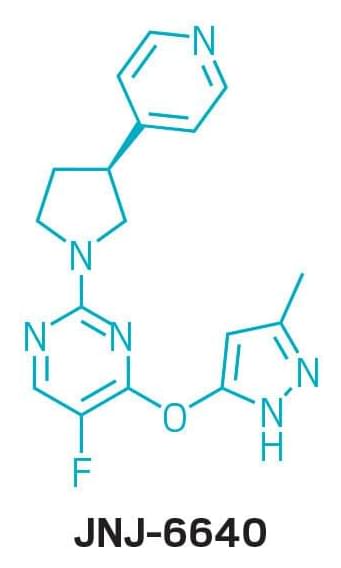Explore the first debates and panels at HowTheLightGetsIn London 2025.




Preparation for the first EXPLORE analog mission planned for June is running on schedule in Austria.
Enthusiasm for our EXPLORE project is contagious, as students and staff at the Amadeus International School in Vienna, Austria will be happy to tell you!
This month teachers in selected schools in Austria, Greece and Portugal received EXPLORE’s physical mission toolkits.






Support us! https://www.patreon.com/mlstProfessor Murray Shanahan is a renowned researcher on sophisticated cognition and its implications for artificial int…